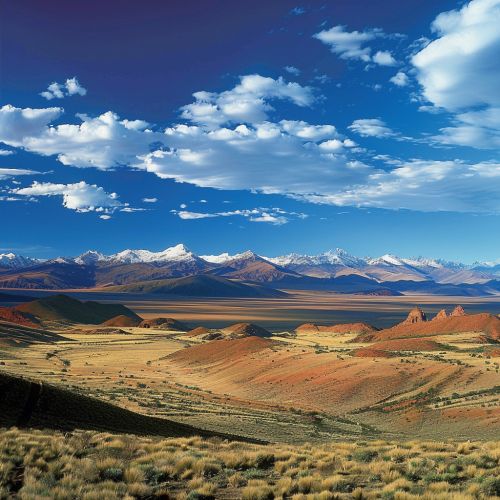Bolivia
Geography
Bolivia is a landlocked country located in the heart of South America. It is bordered by Brazil to the north and east, Paraguay and Argentina to the south, and Chile and Peru to the west. The country's geography is diverse, with the Andes Mountains dominating the western part of the country, while the eastern lowlands are part of the Amazon Basin. The country's highest point is the peak of Nevado Sajama, which reaches an elevation of 6,542 meters.


History
Bolivia's history is marked by periods of political and social change. The region was part of the Inca Empire before the arrival of the Spanish in the 16th century. The Spanish conquest led to the establishment of the Viceroyalty of Peru, and later the Viceroyalty of the Río de la Plata, with Bolivia being a part of both. Bolivia gained its independence from Spain in 1825, and has since undergone numerous changes in government, from military dictatorships to democratic governments.
Politics
Bolivia is a constitutional unitary state, with a president who serves as both head of state and head of government. The country's political structure is divided into executive, legislative, and judicial branches. The Plurinational Legislative Assembly is the national legislature of Bolivia, composed of two chambers: the Chamber of Deputies and the Chamber of Senators.
Economy
Bolivia's economy is classified as a lower middle income economy by the World Bank. The country has a high level of economic inequality, with a large proportion of the population living in poverty. The economy is heavily dependent on agriculture, mining, and manufacturing. Bolivia is the world's third largest producer of coca, the raw material for cocaine, and this has led to significant social and political issues.
Culture
Bolivian culture is rich and diverse, with influences from the country's indigenous peoples, as well as Spanish and other European cultures. The country is known for its traditional music, dance, and textiles, as well as its unique culinary traditions. The official languages of Bolivia are Spanish and 36 indigenous languages, reflecting the country's cultural diversity.
